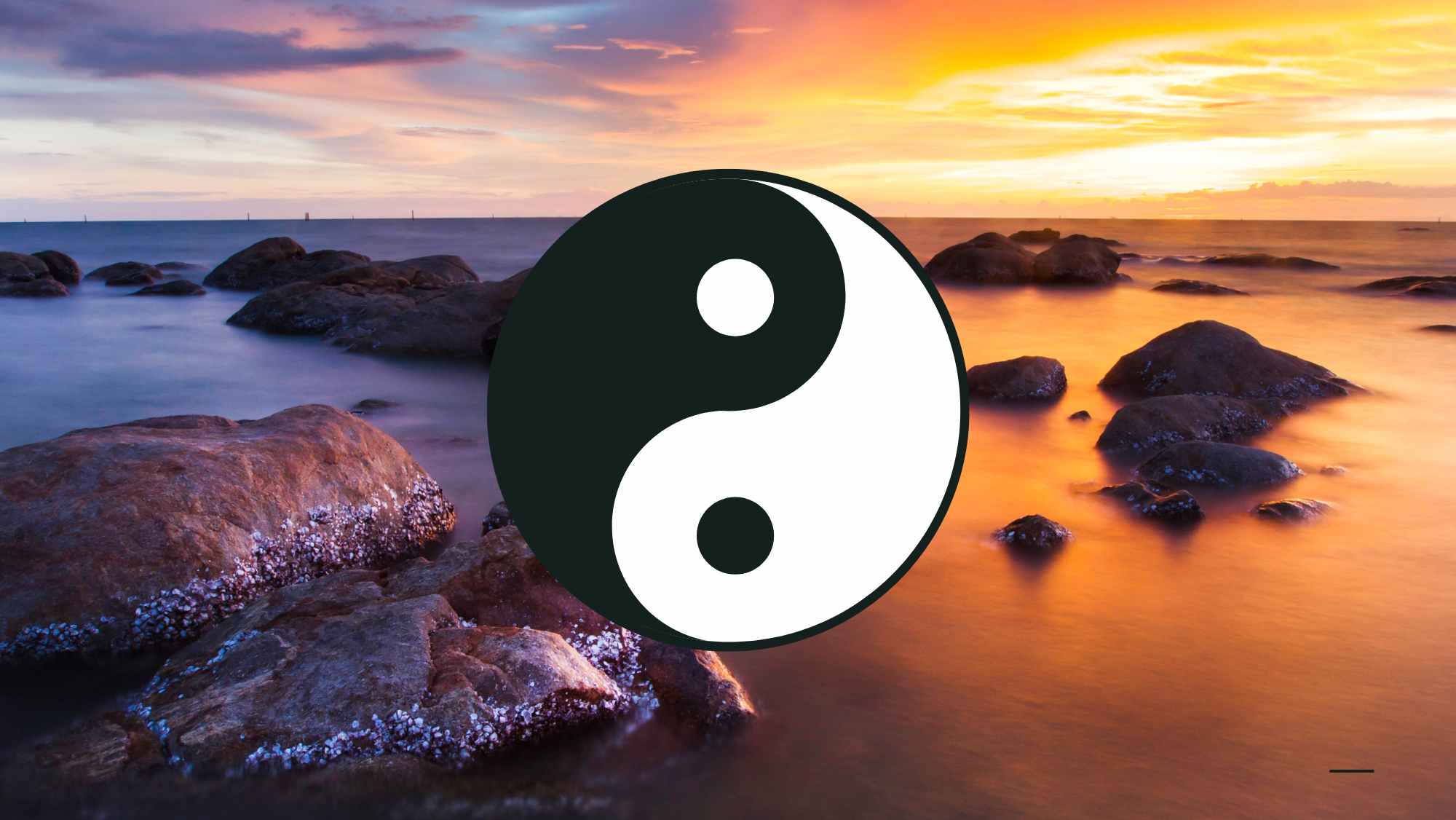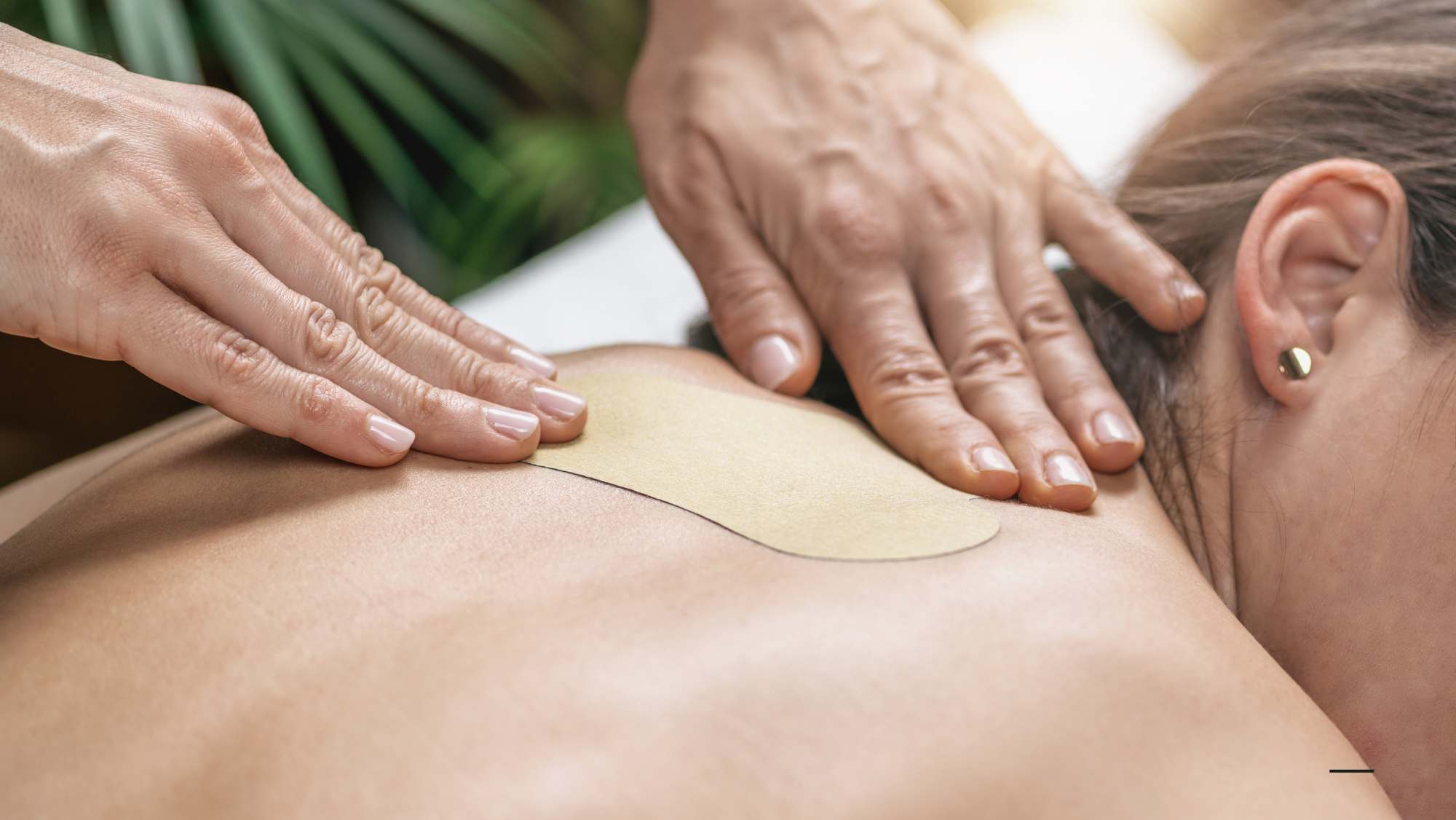Within the practice of Eastern medicine, there are a variety of traditions or schools of thought, and each approaches the preparation of a diagnosis and treatment plan from a slightly different theoretical base. Although each tradition may approach acupuncture or Chinese herbal treatment differently, many of them have a foundation in the Eight Principles. This makes the Eight Principles one of the most prevalent schools of thought in acupuncture and Eastern medicine.
Table of Contents
History of the Eight Principles
The concept of the Eight Principles dates back to one of the original Chinese medical classics – the Huangdi Neijing, which was published between 475-221 BCE. However, the term “Eight Principles” did not appear in medical texts until the Qing dynasty (1644-1912). The basic theory behind the Eight Principles is founded in the following eight dualities:
| Yin Interior Cold Empty | Yang Exterior Hot Full |
Understanding the Eight Principles
The Eight Principles are meant to be interpreted together as a whole, and this creates a difficulty in attempting to explain parts separately. It’s important to understand that the purpose of these articles is to empower the reader with the knowledge to understand terminology being used by their acupuncturist or Eastern medical professional. The symptoms, diagnoses and examples presented in these articles are in no way a replacement for the expertise of a licensed acupuncturist or Eastern medical practitioner.
Yin and Yang
Yin and Yang are believed to have developed from people’s observations of day and night. This alteration between light and dark led to other observations of cycles between two opposite poles or states of being – one receptive (Yin) and one expressive (Yang). One of the best ways to understand the concept of Yin and Yang is to look at nature – especially regions where there are four distinct seasons.
Spring
Spring represents Yang within Yin because of the potential for growth. All plant life is giving birth to new leaves and new buds. These buds and leaves represent the potential for the plant during the upcoming year. In Spring, Yang is growing into its fullest potential.
Summer
The time that Yang is at its greatest is Summer. This represents Yang within Yang or when Yang is at its maximum. All leaves are in full operation and flowers have become fruit, and the days grow longer. The leaves are working to produce the necessary nutrients for the plant to sustain it through the Winter. This is the time when plants are at their maximum potential.
Autumn
In Autumn, Yin begins to grow within Yang. This is the time when plants extract the nutrients from the leaves allowing them to change color – in effect allowing the leaves to die. The plants lose their leaves and drop their fruit (which carries seeds for new life). These concepts represent the growth of Yin.
Winter
Winter brings the greatest expression of Yin. The plants have no leaves or fruit, and the nights grow longer. The weather is cold and several species of animals hibernate. It is as if life in the natural world has slowed to a crawl. Winter represents Yin within Yin.
Representations of Yin and Yang
The abbreviated table below demonstrates some representations of the concepts of Yin and Yang
| Yin Moon Rest Right Dark Cold Contract Below Descend Transform | Yang Sun Activity Left Light Warmth Expand Above Rise Conservation |
Although Yin and Yang are a duality, each contains a part of the other as demonstrated in the example of the four seasons.
Another good example of Yin and Yang is in the symbol above. The dark circle within the white area represents Yin within Yang, and the white circle within the dark area represents the Yang within Yin.
Yin and Yang do not exist or operate separately from each other, but rather they co-exist and each contains a piece of the other. This symbol demonstrates that there is an interdependent relationship between Yin and Yang – one cannot exist without the other.
Medical Application
In acupuncture and traditional Chinese medicine, Yang is what warms the body and Yin is the body’s cooling system. They work together to maintain a consistent level of balance. If the system falls out of balance, this creates a pathology that could develop into a more serious condition. However, Yin and Yang can be applied to a variety of medical concepts.
Interior and Exterior Dualities
The most common application is Interior and Exterior, which are two of the other dualities of the Eight Principles. The concept of Interior and Exterior apply to organ systems as well as Qi. There are Yin organs and Yang organs, but most importantly, there are forms of Qi that are more Yin and some that are more Yang.
Yin and Yang in the Eight Principles
If you are beginning to understand the concept of Yin and Yang, you will notice that the Eight Principles are a representation of Yin and Yang in a very general sense. Interior, Empty, and Cold are generalizations of Yin, and Exterior, Full, and Hot are generalizations of Yang.
Symptoms as Imbalances
All symptoms are considered to be an imbalance in Yin and Yang. This makes the theory of Yin and Yang fundamental to the practice of Eastern medicine. However, this duality pair is far too general to produce an accurate diagnosis or create an effective mode of treatment. Yin and Yang need to be integrated with other theoretical foundations before a mode of treatment can be determined. That being said, the following chart provides a very basic breakdown of symptoms that can be categorized as either Yin or Yang.
| Yin Chronic condition Onset is gradual Disease lingers Cold Weak/shallow breathing Pale, profuse urination Loose stools Listlessness/Sleepiness Cold body/limbs Pale complexion Desires to be covered Desires to curl up Desires hot drinks | Yang Acute condition Onset is rapid Disease changes rapidly Heat Rough breathing Dark, scanty urination Constipation Restlessness/Insomnia Hot body/limbs Red complexion Desires to be uncovered Desires to stretch out Desires cold drinks |
Pathology
There are four pathologies of Yin and Yang – Emptiness of Yin, Emptiness of Yang, Collapse of Yin, and Collapse of Yang. Emptiness of Yin and Yang will be explained in detail when we explore the concept of Empty and Full. Let us focus on the Collapse of Yin and Yang.
Collapse of Yin or Yang
A collapse of Yin or Yang is a serious condition that is usually only seen in hospitals, assisted living facilities, and hospice care. These patterns mean that the pathology of Emptiness of Yin or Emptiness of Yang has deteriorated to the point of total collapse. At this point, Yin and Yang are no longer interdependent, but rather, they have separated. When either Yin or Yang collapses, this becomes a possibly fatal condition.
Symptoms of Collapse
The symptoms of Collapse of Yin or Collapse of Yang are presented in the following chart:
| Yin Collapse profuse perspiration skin feels hot hot limbs dry mouth desire to sip cold drinks urinary retention constipation | Yang Collapse profuse oily perspiration chilliness cold limbs no thirst weak breathing frequent and profuse urination loose stools or incontinence |
Importance of Yin and Yang in TCM
The concepts of Yin and Yang are utilized in many different schools of Eastern medical thought, and they are fundamental to the practice of acupuncture and Chinese herbal medicine. Each represents a polar opposite of a duality – Yin is receptive and Yang is expressive. While the majority of symptoms are rooted in Yin and Yang, these concepts are too broad to produce an exact diagnosis in Eastern medicine. An accurate diagnosis and treatment plan requires additional evaluation tools, such as the Eight Principles.







